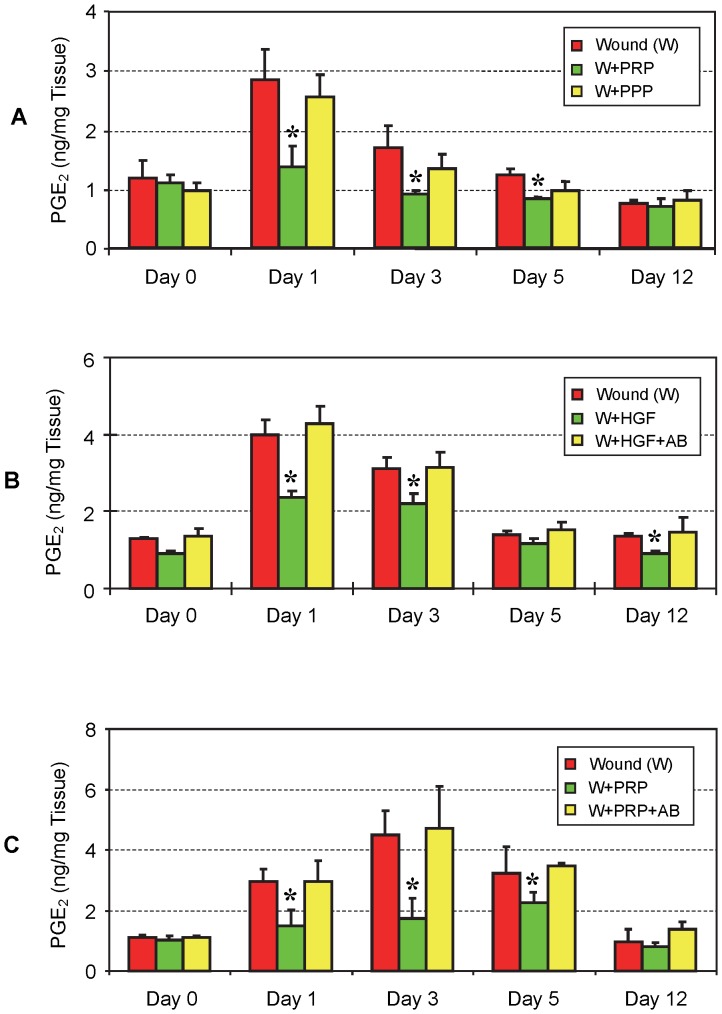Figure 10. The effects of PRP, PPP, HGF and HGF antibody on PGE2 production in wounded mouse Achilles tendons in vivo.
A. PRP and PPP injections. Injections with PRP significantly reduced PGE2 levels in tendons on days 1, 3, and 5 post-treatment. However, on day 12, PRP’s effect on PGE2 production in tendon tissues was little, if any. On day 0, little difference was observed in PGE2 levels between PRP-treated and non-treated tendons. However, PPP treatment did not significantly decrease PGE2 levels in the tendon tissues at all time points post-treatment (P>0.05). However, a small suppression effect on days 1, 3, and 5 likely occurred, as PPP-treated tendons had consistently lower PGE2 levels than control tendons injected with saline. B. HGF injection. Injection with HGF decreased PGE2 production in wounded Achilles tendons, producing results similar to PRP injections except on day 12, when HGF injection still significantly decreased PGE2 production (*P<0.01 is with respect to control tendons given saline injections). Addition of HGF+HGF antibody (AB) largely negated the suppressive effect of HGF. C. PGE2 production in mouse tendons injected with PRP and HGF antibody. Injection of PRP along with HGF antibody into wounded Achilles tendons restored PGE2 levels to normal on all days 1, 3, 5 and 12. The data in Figure 10A, B, C are expressed as mean ± SD, and n = 4 (4 mice).

